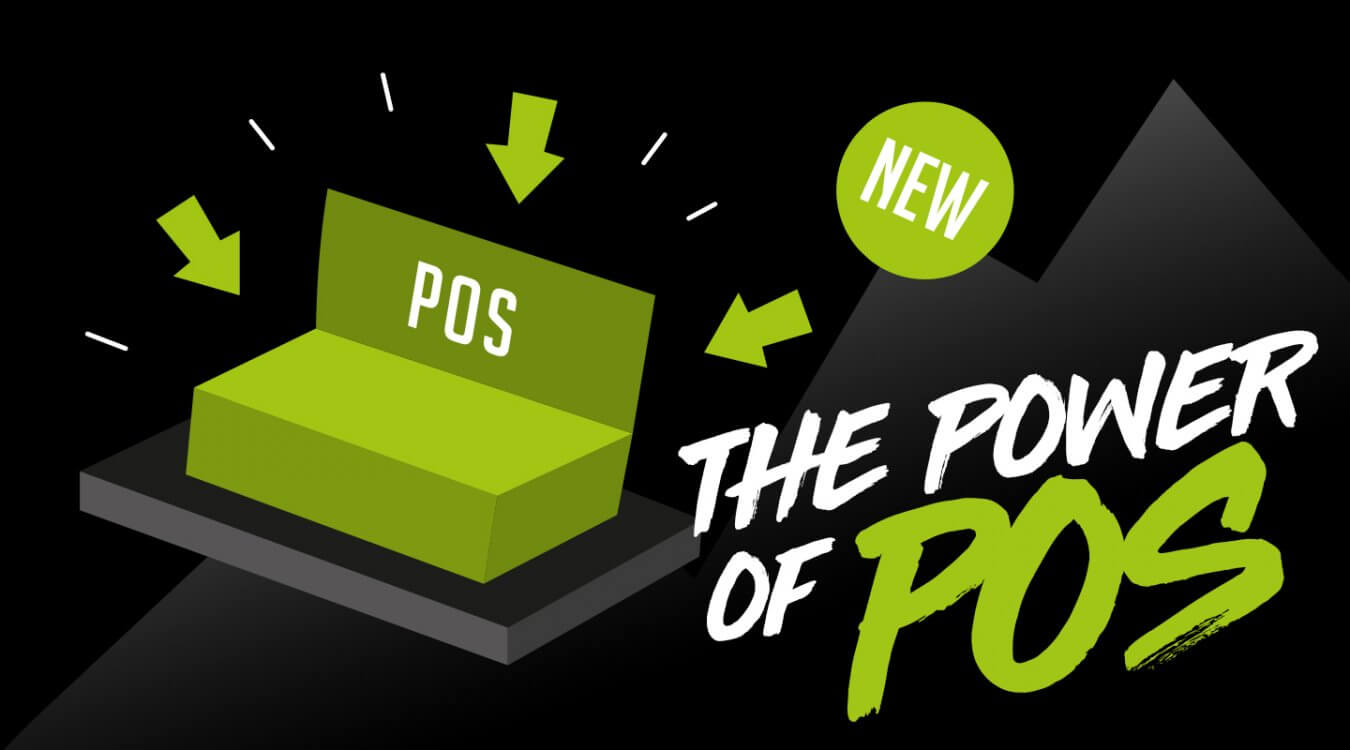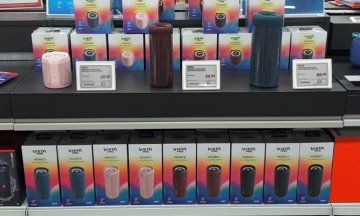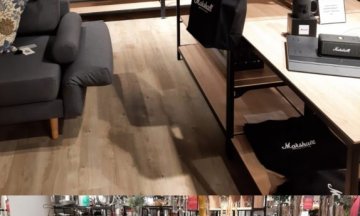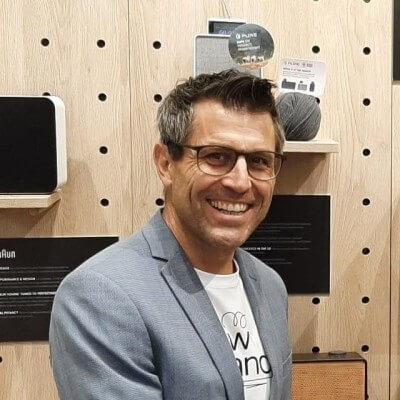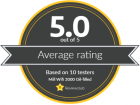The Power of POS
POS displays as a tool for driving sales
The importance of appearance for product displays cannot be overstated. It’s critical to exhibit your products in a way that highlights their benefits if merchandise is to be marketed and sold successfully. Even amazing products can easily get lost in stores without an attention-grabbing display.
With POS displays as a proven and effective tool for selling products and optimising available space, it’s no wonder retailers love them. With a good design, POS displays effectively bring product highlights to the surface, and customers immediately know what’s what. To pick up the type of customer that comes to a shop to take a look around, an eye-catching display is needed to make them interact with your brand and product.
Impulse shopping
KSF-Global reports that the majority of in-store purchases are made impulsively, and the easiest way to entice customers to buy your product is attractive POS marketing. Even if they don’t know your brand or product, they are very likely to notice your display if executed well.
Strategic positioning
Using a dedicated POS display for one or more of your products means they won’t get lost on some shelf and can instead be placed in a calculated manner to optimise customer traffic. A great display has as much merchandise as possible while maintaining an appealing appearance.
Targeted marketing
One of the best things about POS displays is that they’re customisable. Say your products are positioned across different channels and countries, naturally the types of consumers will vary as much! Specially tailored marketing can be a very powerful tool to optimise your display according to respective markets.
Statistics don’t lie
Research supports the effectiveness of POS material. According to the UK specialists at Displaymode, advertising a promotion increases customer response by a factor of six times. Furthermore, it was observed that customers notice packaging up to six seconds earlier than price. Displaymode also found that most purchases are unplanned and occur impulsively, reporting that very few customers, only 5%, have a strict loyalty to a brand, while 68% will switch depending on in-store marketing.
If you need further convincing, just look at more numbers. A study by Nielsen showed that 72% of new product awareness is driven by in-store activity such as POS. It also plays a vital role in the overall marketing mix. Research from Smurfit Kappa Zedek suggests that if you discount a product by 10%, it will lift sales by 20%, and if you combine that same discount with out-of-store marketing, it could generate a sales increase of as high as 90%. However, if you combine the 10% discount with an in-store POS unit it will drive sales up to 120%; combine all three and you see a sales uplift of 250%.
The ideal in-store solution for your brand
It is important to recognise the limitations and strict guidelines individual retailers put in place. What is and isn’t allowed in terms of display height, colour and shape varies from retailer to retailer, so it’s important to find a workable solution across various channels. Tony Nunan, Managing Director for the Visuality Group, sums up the biggest POS success factor in three words, “See, stop and sell.”
A product must stand out from those around it so that the shopper sees it; it must be sufficiently enticing that the shopper stops to take a closer look; and the real test – is the shopper sufficiently motivated to put their hand in their pocket? Does the product sell? This is simple enough, but a lot of POS marketing fails to deliver on these three basic tenets. In many cases, the issue is that brands and their agencies try to make merchandising too complicated.
One simple way to provide more information are QR codes and ‘layer’ applications. Augmented reality and touch screen interaction is also being applied more and more frequently. However, it must be noted that many shoppers are sceptical about using their smartphones in-store as they don’t want to have to spend additional time on their shopping experience by scanning QR codes. Some also struggle to understand what QR codes can even offer. For larger, more investment-heavy items such as computers and household appliances, shoppers are prepared to use smartphones for price comparisons, user reports and technical specifications. In this case, a QR code containing all this information actually helps customers save time.
Best of Aqipa POS
In addition to the aforementioned characteristics, an amazing POS display should always have one thing: Consistent branding! At Aqipa, we are experts for this. Check out how we do it:
